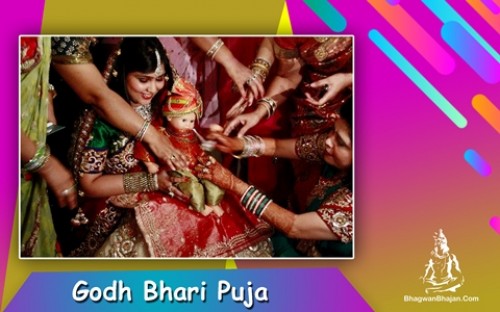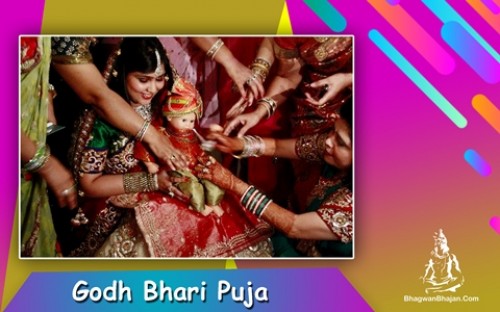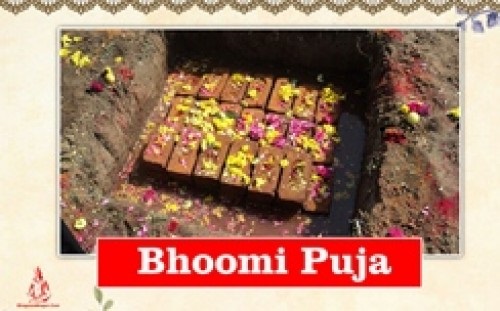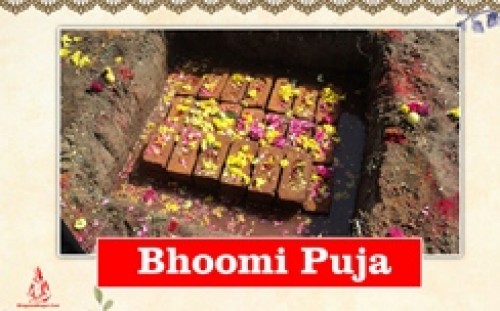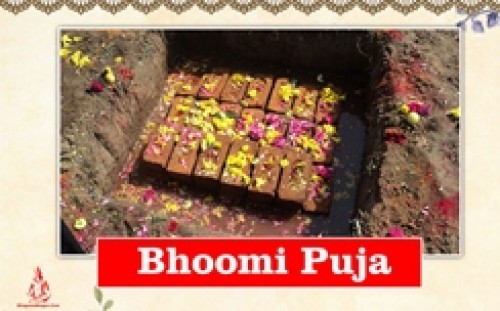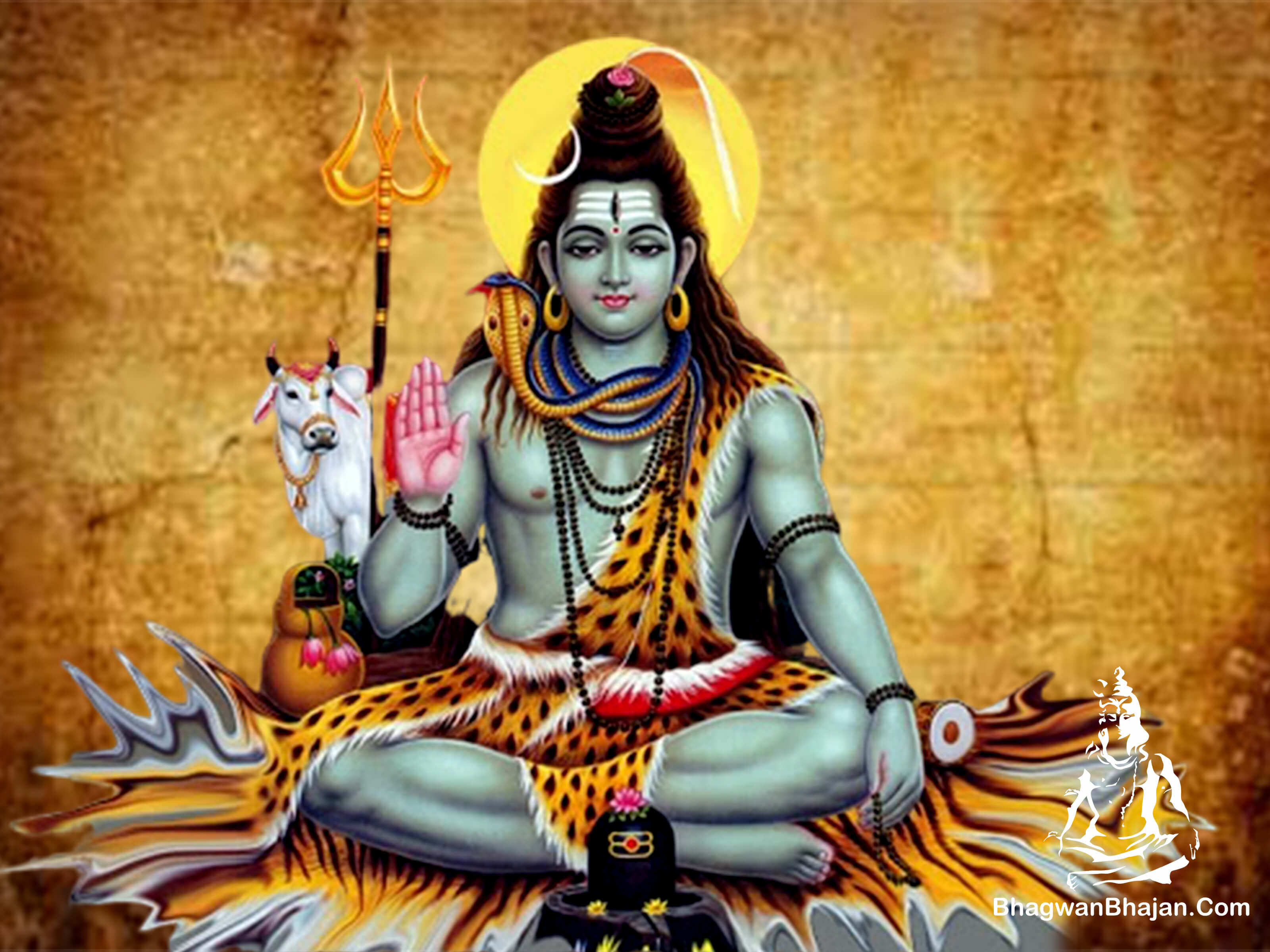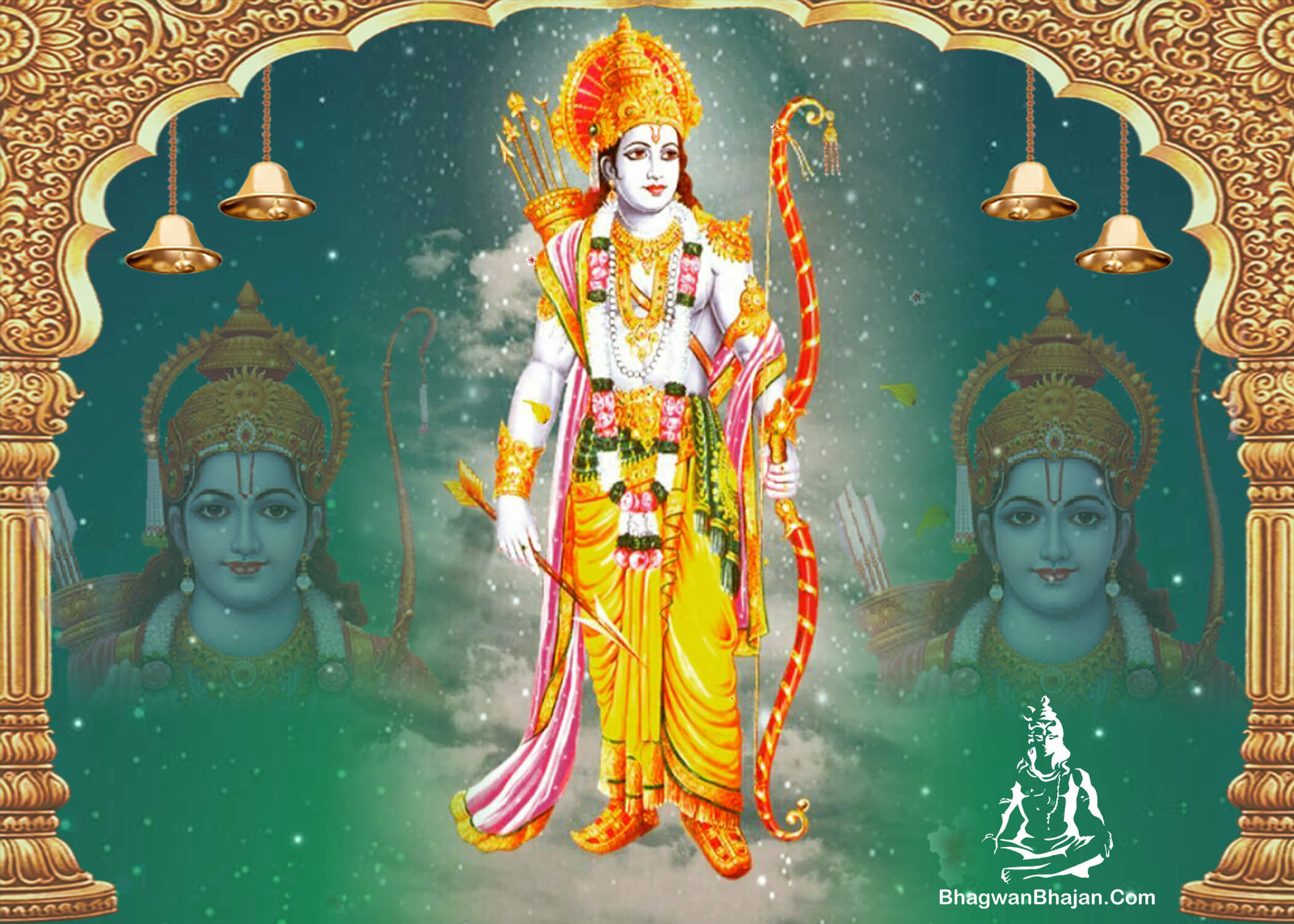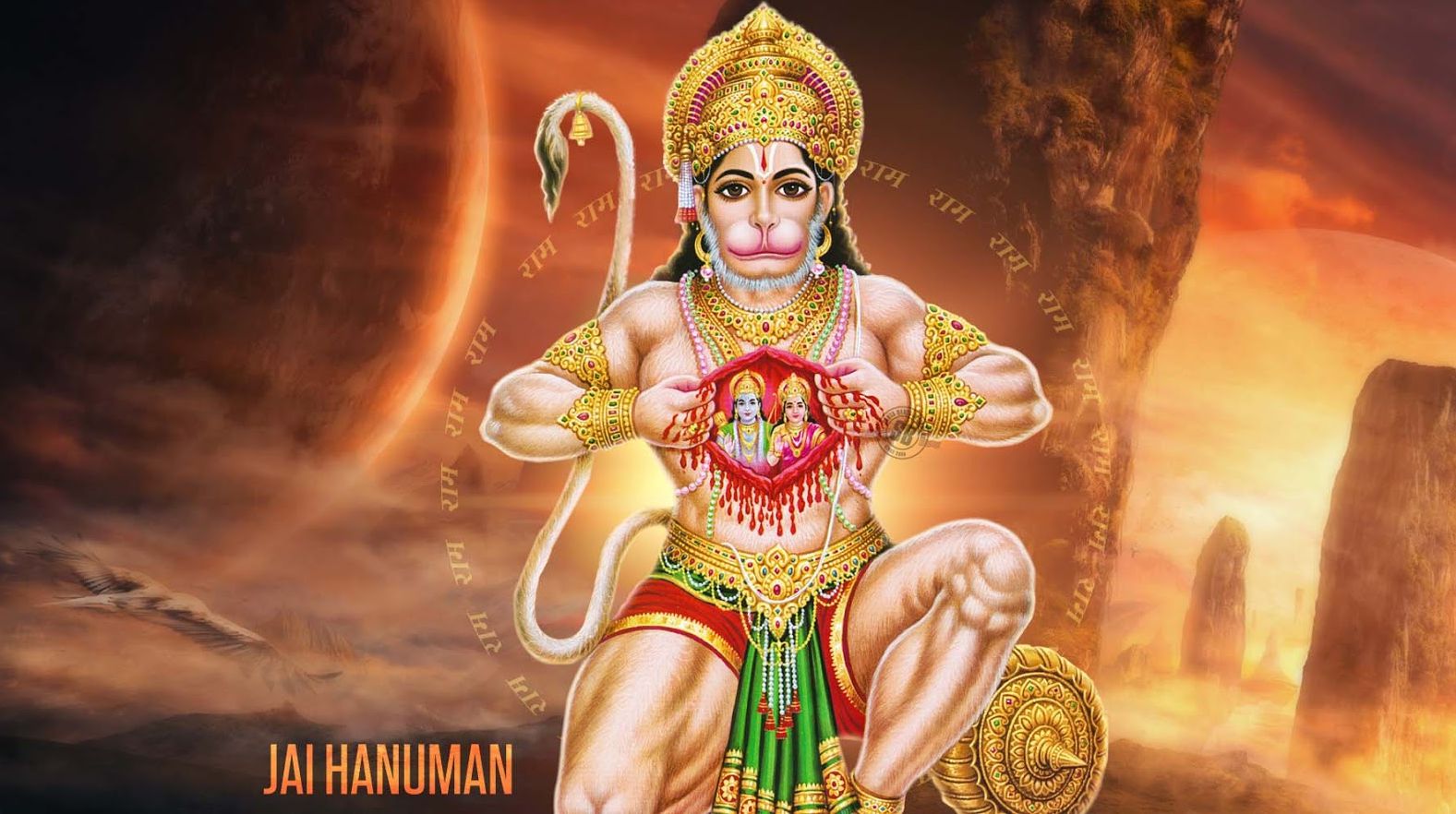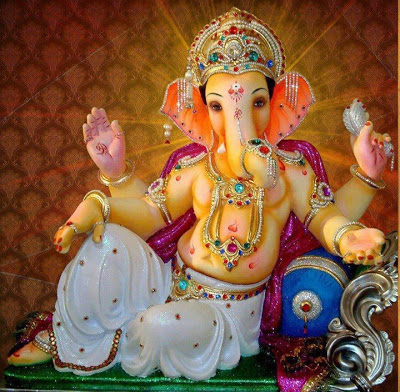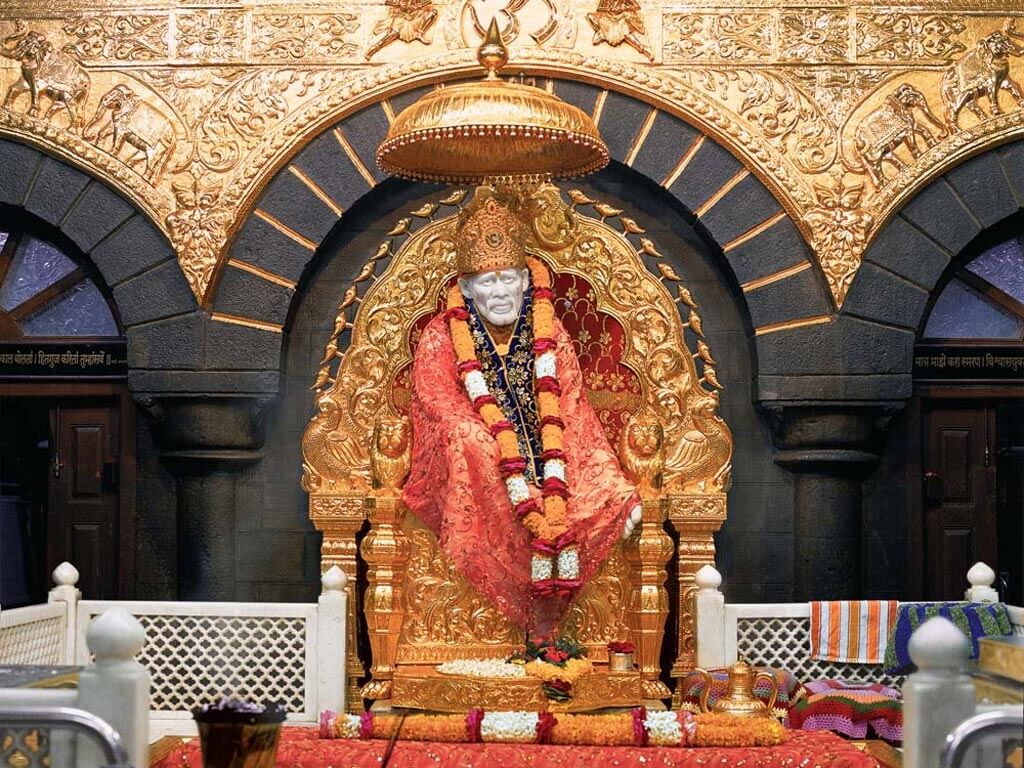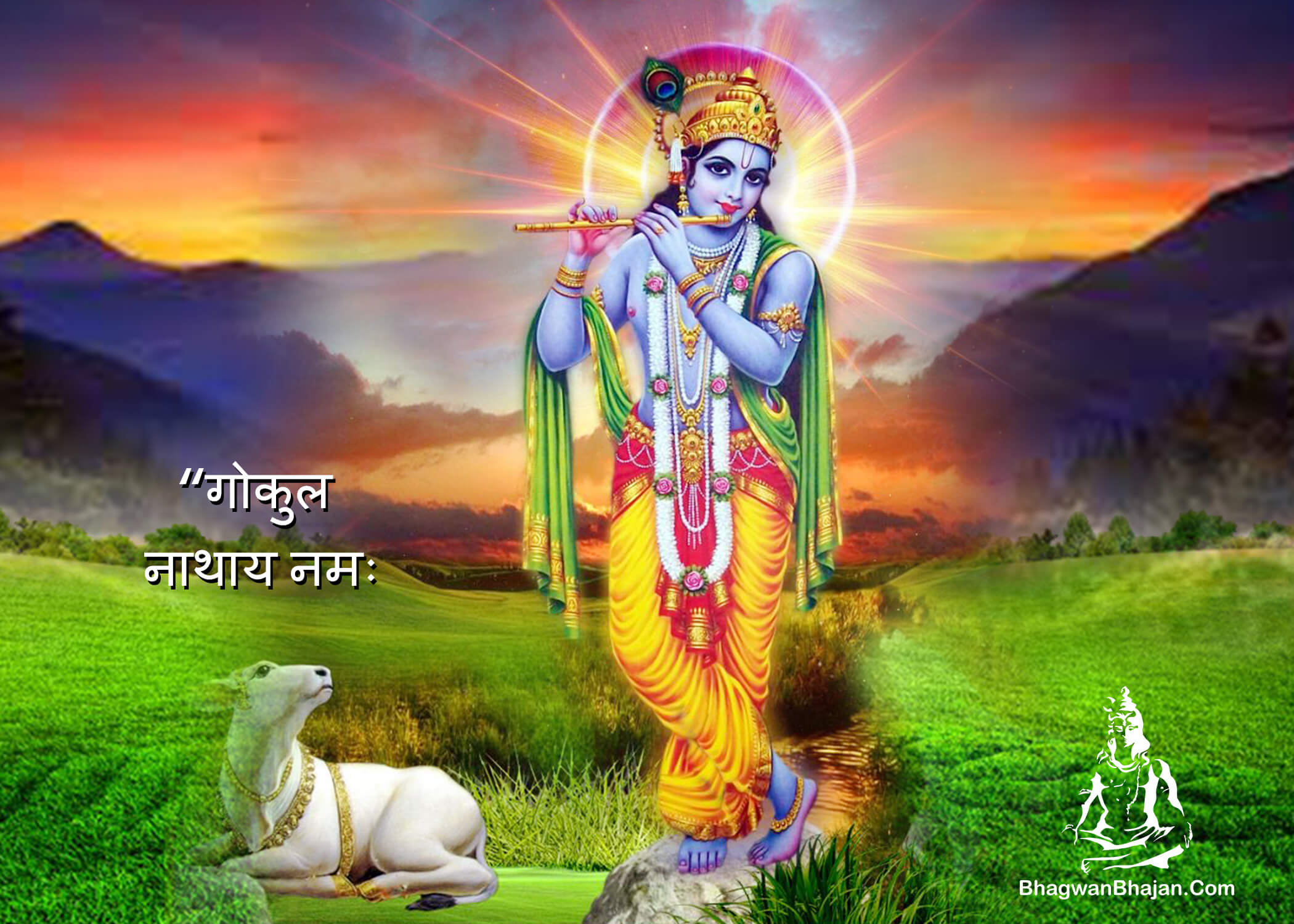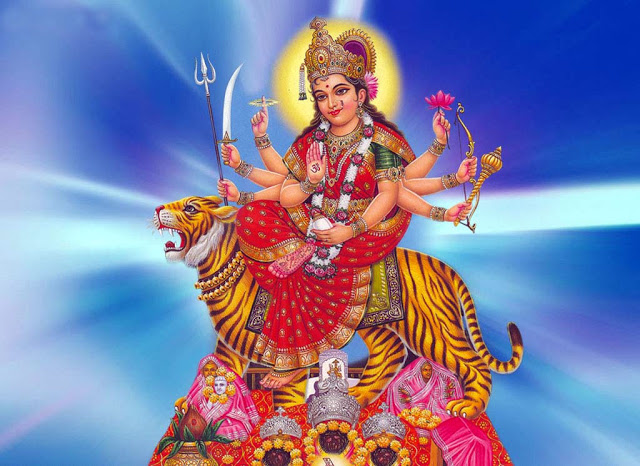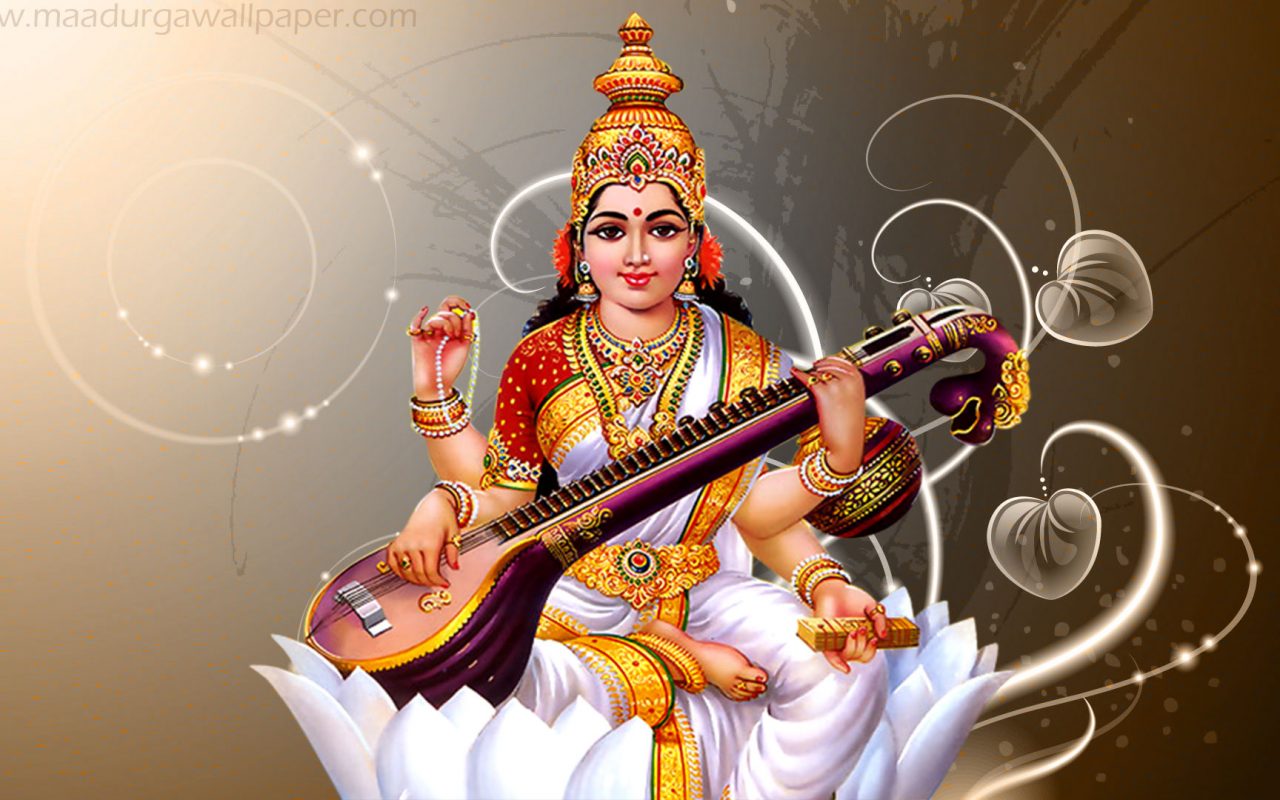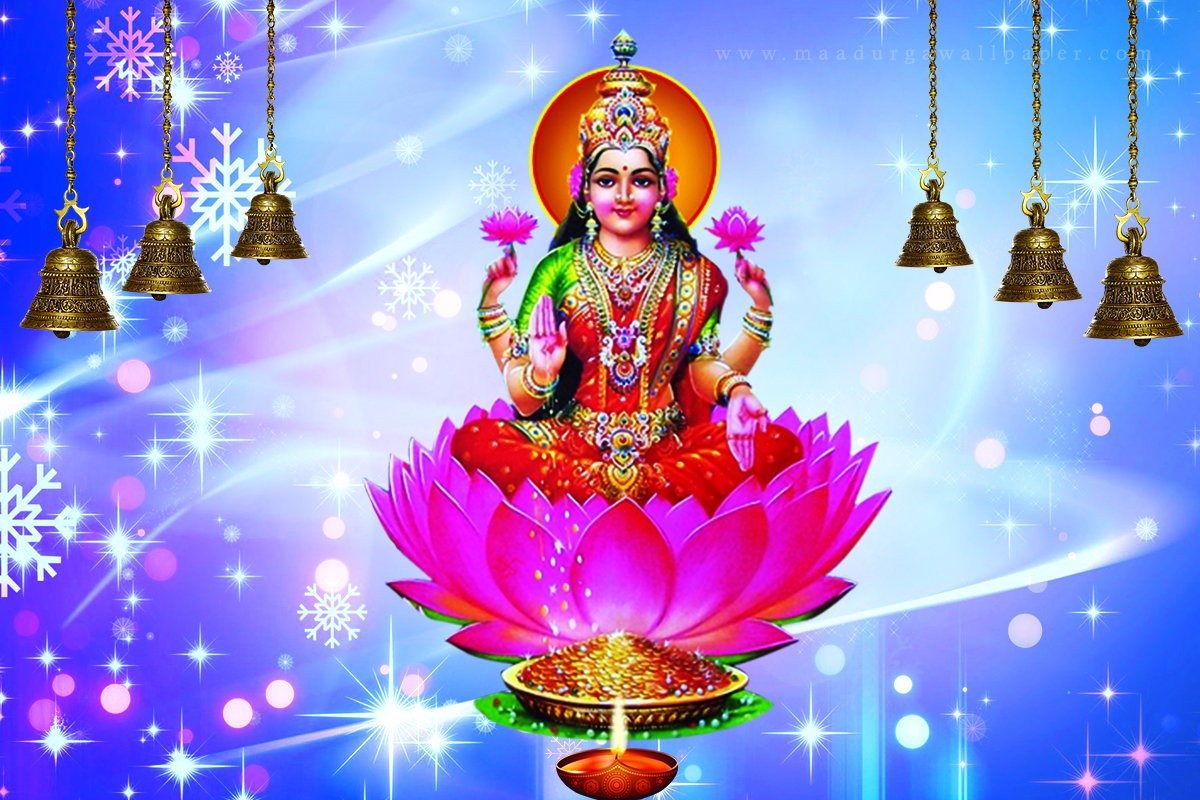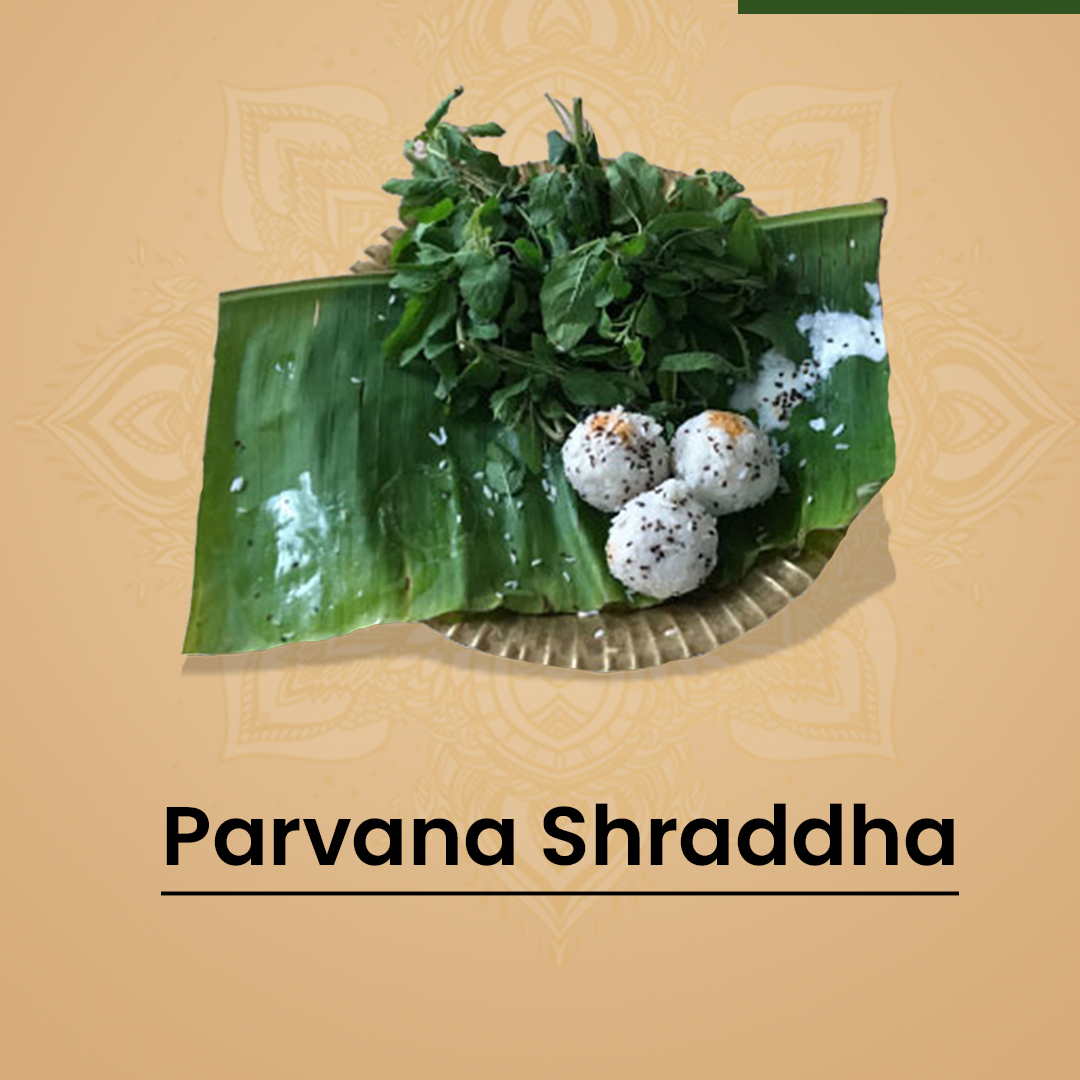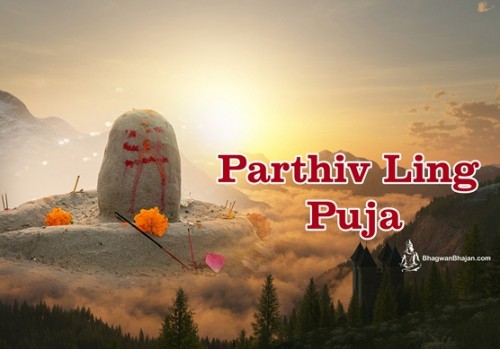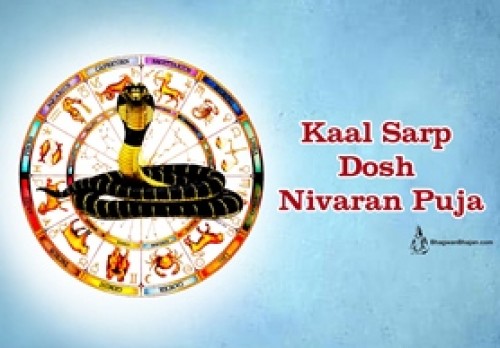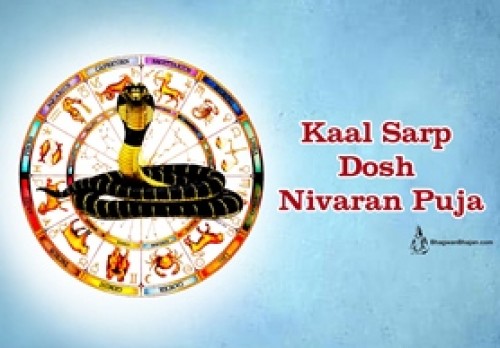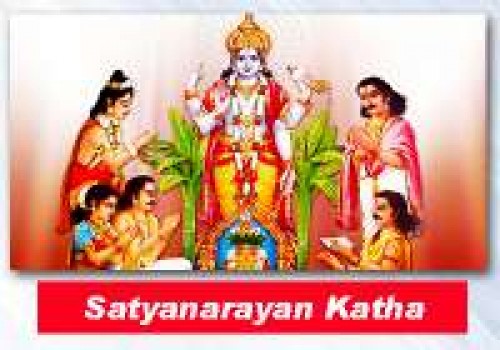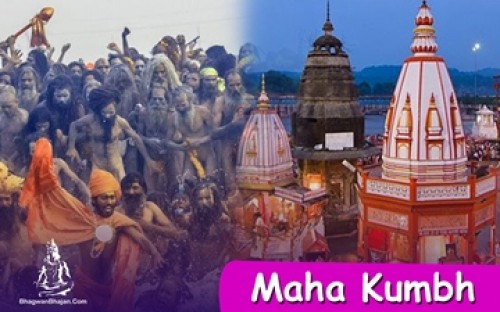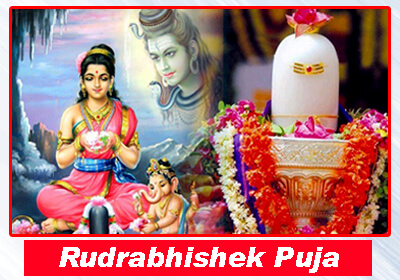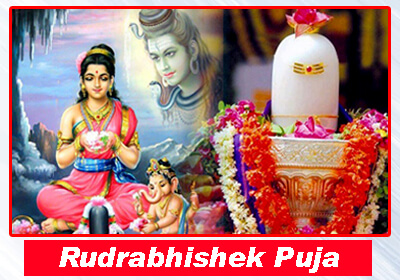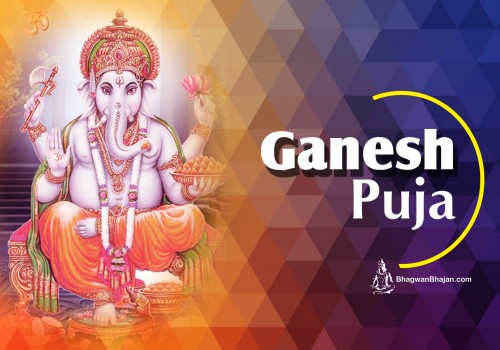Give Us Your Number, We will call You Back?
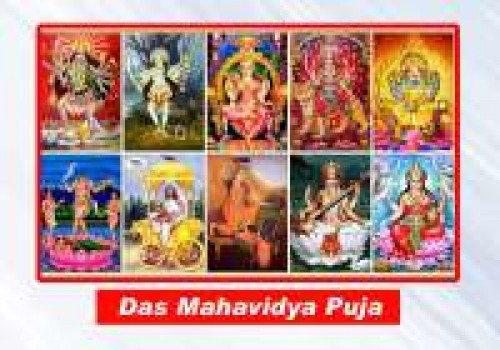

Dus Mahavidya Puja
| Bhagwan - | |
|---|---|
| Category - | other |
| Service Provider - | Bhagwan Bhajan |
Dus Mahavidya Puja
Sati, the consort of Shiva was the daughter of Daksha Prajapati, a descendant of Brahma. Sati had married Shiva against the wishes of her father. The vain Daksha performed a great yagna (with the sole aim of insulting Shiva), to which he invited all of the Gods and Goddesses except his son-in-law, Lord Shiva.
Sati learned about her father’s yajna from Narad Muni. Sati asked her husband to attend the Yajna, saying that a daughter did not need an invitation from her father. Shiva said that Daksha was trying to insult him, and so even if Sati attended the yajna, the fruit of the sacrifice would not be auspicious. There he made Sati not to attend the yajna.
Sati becomes furious , she thought that Shiva was treating him like an ignorant lady and not as the mother of Universe. So to show Shiva who se really was, she assumed a different form- the one of the Divine Mother. The oceans raged, the mountains shook, and the atmosphere was filled with the wonder of her form.
Shiva began to shake and tried to flee. But in every direction that he tried to flee, the Divine mother stopped him. The divine mother had multiplied herself into ten different form, guarding each of ten directions, and try as Shiva might, he could not escape from her, as she had blocked every escape route.
These ten forms of Divine Mother are known as Dus Mahavidya. Each form has her own name, story, quality, and mantras.
The Dus Mahavidyas are Wisdom Goddesses. Dus means ten, maha means great, and vidya means wisdom. The Dus Mahavidyas are considered forms of Divine Mother Kali.
Each form of the Divine mother Kali is a Mahavidya . The Dus Mahavidyas are:
- Kali
- Bagalmukhi
- Chinnamasta
- Bhuvanesvari
- Matangi
- Shodasi
- Dhumavati
- Tripurasundari
- Tara
- Bhairavi
Kali: First of all, Sati took the form of Kali. Her form was fearful, her hair untied and loose, her body the color of a dark cloud. She had deep-set eyes and eyebrows shaped like curved swords.
She stood on a corpse, wore a garland of skulls, and earings made from the bones of corpses. She had four hands- on one hand, she had the head of a skull, and other a curved sword with dripping on it. She had mudras on her other two hands- one giving freedom from fear and the other giving blessings. She roared and then directions were filled with that ferocious sound.
Bagalamukhi: She is also known as Bagala for short as the “Goddess who paralyzes enemies”. In later tantric yoga, Bagalamukhi is associated with the practice of Pranayama. Her name is the combination of Bagala and Mukhi. Bagala, which is the distortion of original Sanskrit root Valga, means bridle.
The head gear used to control a horse is known as a bridle. Hence Bagalamukhi means the Goddess who has the power to control and paralyze the enemies. Due to her capturing and paralyzing powers. She is also known as Devi of Stambhana.
Bhuvnaeshwari: The beauty and attractiveness of Bhuvnaeshwari may be understood as an affirmation of the physical world, the rythms of creation, maintenance and destruction, even the hankerings and sufferings of the human condition is nothing but bhuvneshwari’s play, her exhilarating, joyous sport.
Matangi: Texts describing her worship specify that devotees should offer her uccishtha (leftover food) with their hands and mouths stained with leftover food, that is , worshippers should be in a state of pollution, having eaten and not washed. This is a dramatic reversal of the usual protocols.
Shodasi: The word “Shodasi” means sixteen in Sanskrit. She is thus visualized as sweet girl of sixteen. In human life sixteen years represent the age of accomplished perfection after which decline sets in. This girl of sixteen rules over all that is perfect, complete, beautiful.
Dhumavati: She is the embodiment of “unsatisfied desires”. Her status as a widow itself is curious. She makes herself one by swallowing Shiva, an act of self –assertion and perhaps independence.
Tripurasundari: The third Great Cosmic Wisdom is known under the name of Tripura Sundari or Shrividya Tripura. The Goddess manifests, generally speaking, three fundamental aspects of the Divinity, which may be extended to the level of the whole creation.
Tara: Literally the word tara means a star. Thus Tara is said to be the star of our aspiration, the muse who guides us along the creative path.
Bhairavi: Bhairavi embodies the principle of destruction and arises or becomes present when the body declines and decays. She is an ever-present goddess who manifests herself in, and embodies , the destructive aspects of the world. Destruction, however, is not always negative, creation cannot continue without it.
Benefits of Dus Mahavidya Puja:
- Dus Mahavidya Puja is very beneficial for the success in career and education.
- You will get divine grace and blessings of Maa Shakti
- This Puja will give you great success and grow your wealth.
- You will get health, wealth and prosperity.
- You will be protected by your enemy and they cannot harm you in their life.
